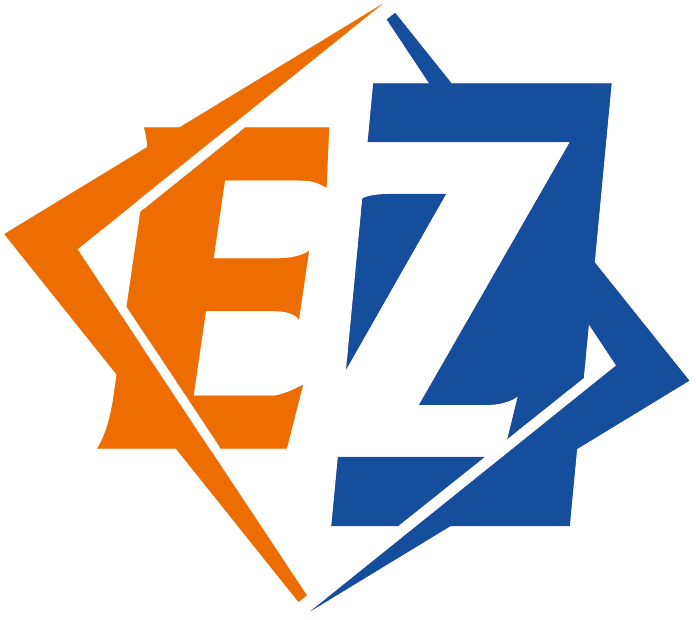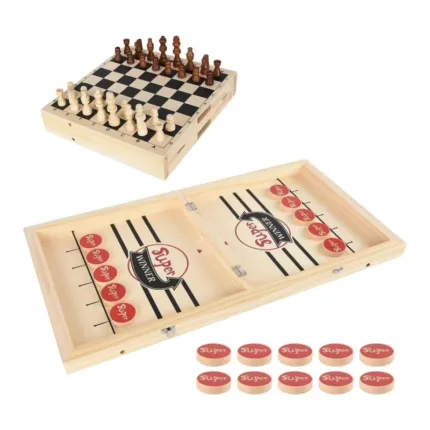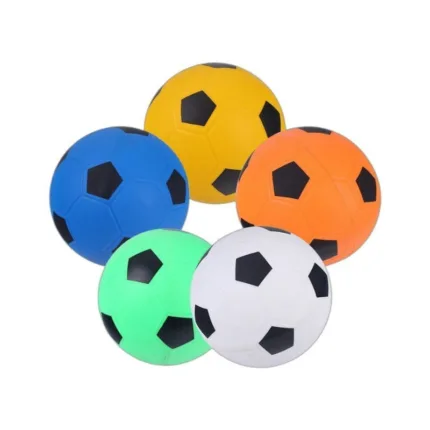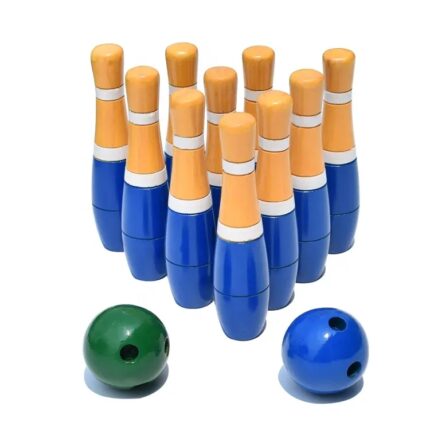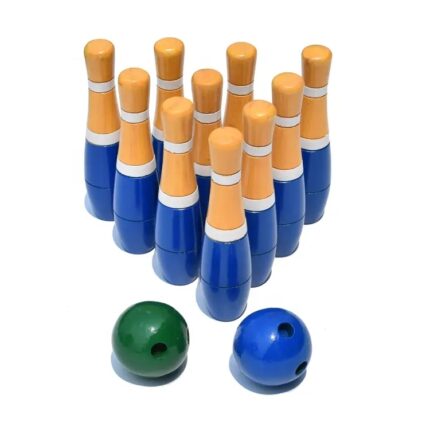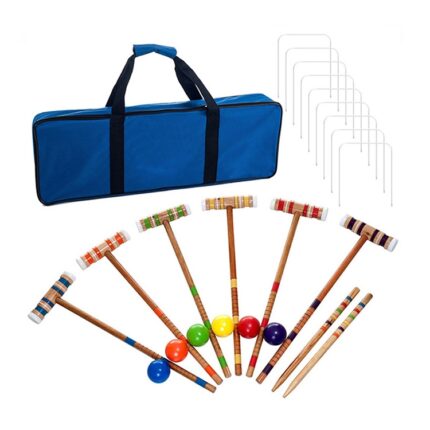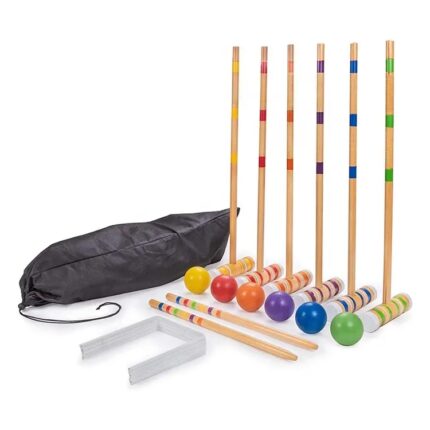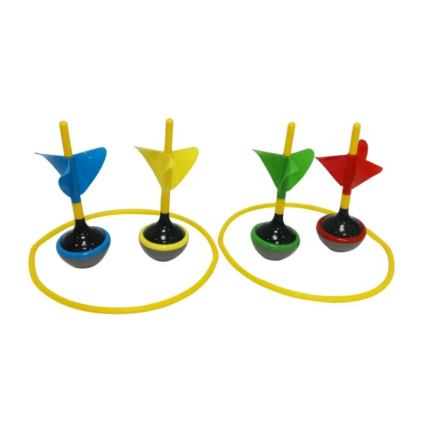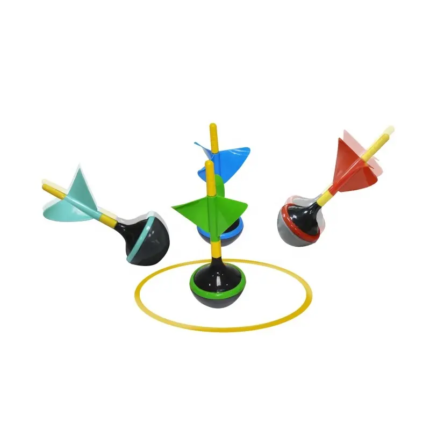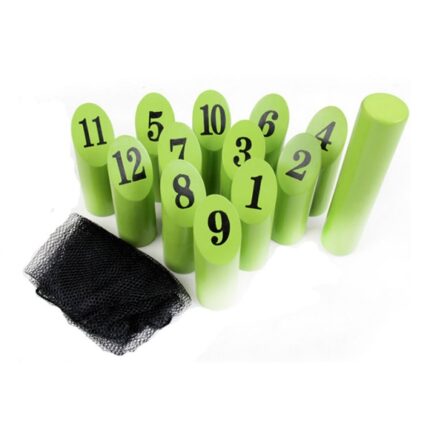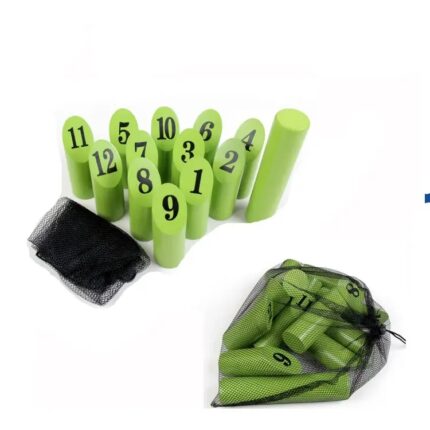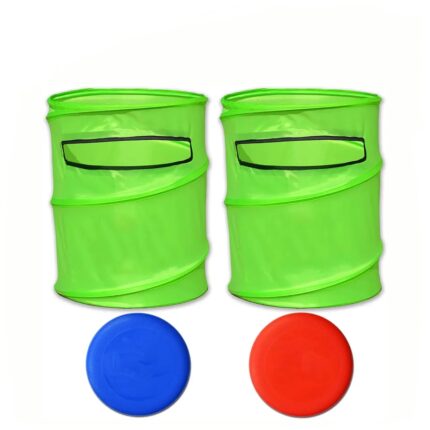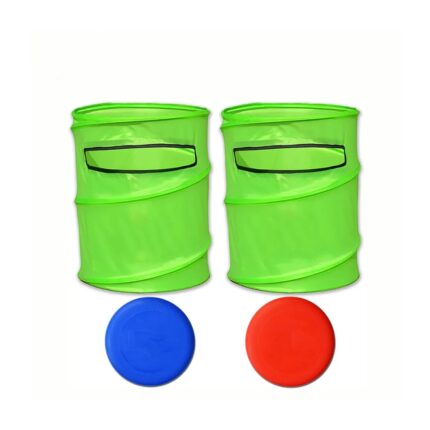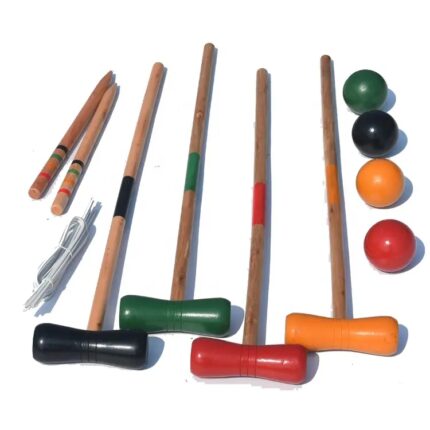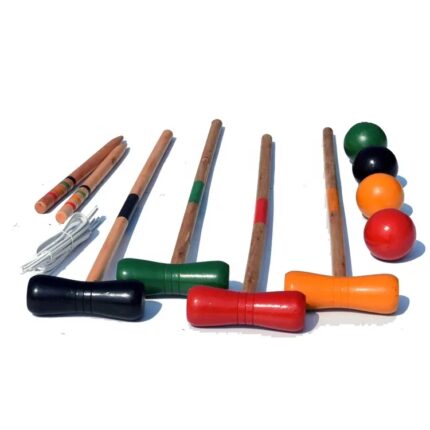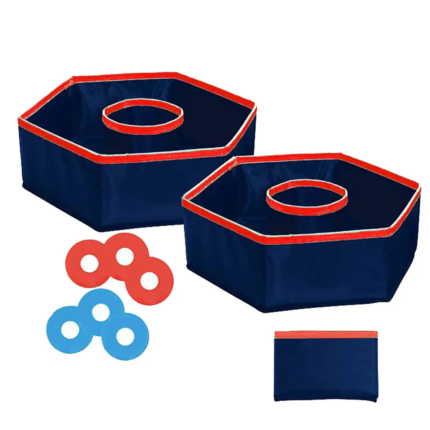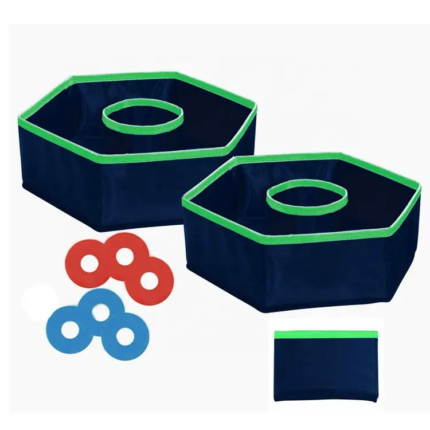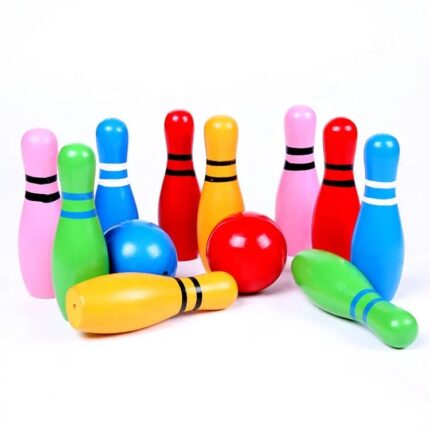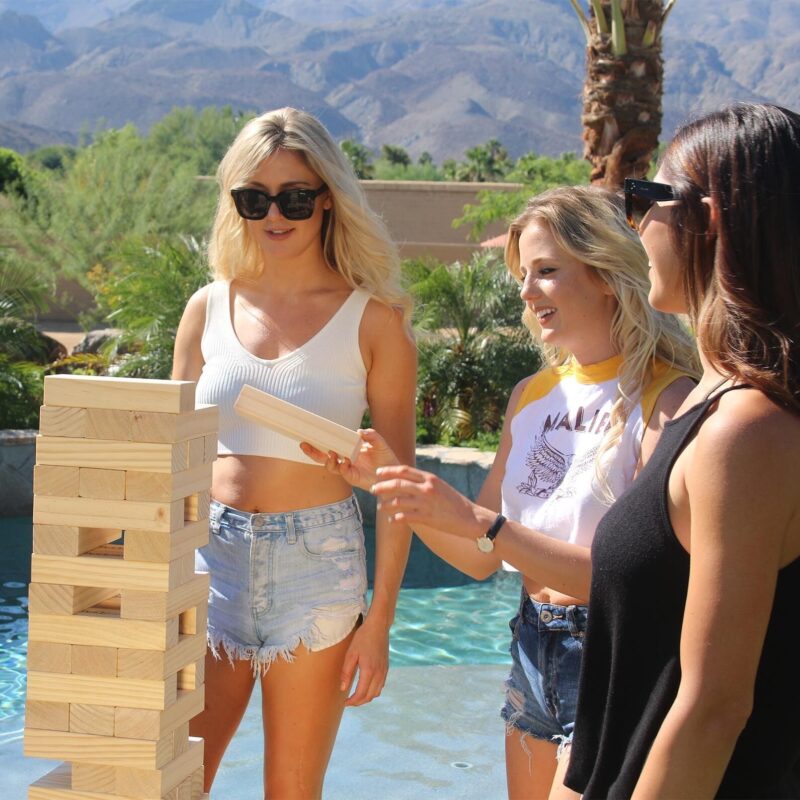
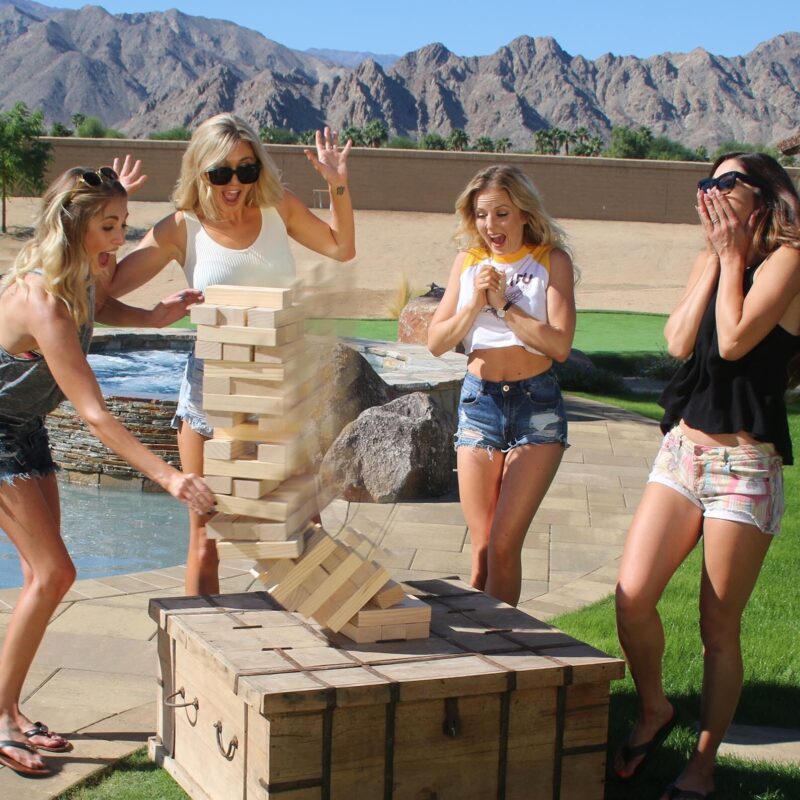
Product details
| Product name | giant wooden building blocks set with carry bag |
| Description | wooden games |
| Product size | block 4.8×4.8×17.8cm |
| Color | multi color |
| Material | wood |
| Package | accept customization |
| Logo | support to follow client’s brand |
| Deliver time | depend on order quantiy |
| Sample time | 5-7 working days if custom as client’s brand |
| Payment terms | 30% deposit with balance against BL copy (when order above usd5000) |
Detailed Images
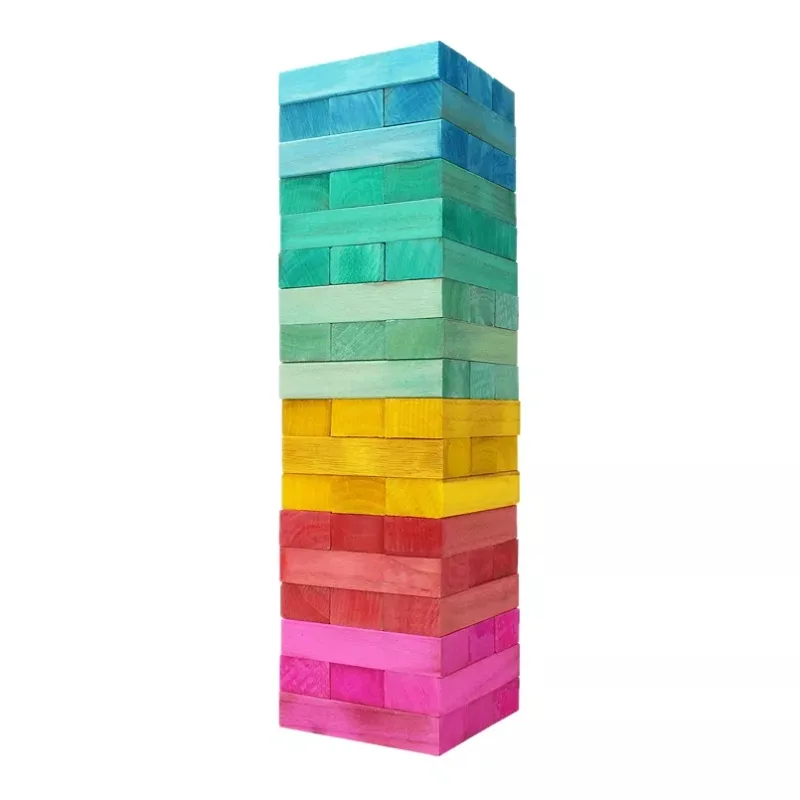



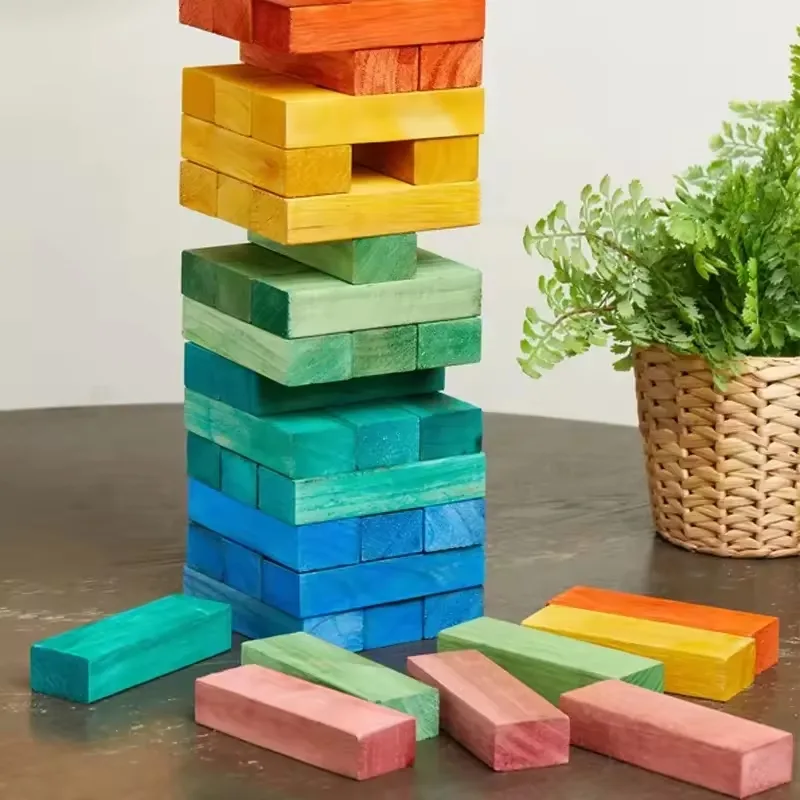

Building blocks (also construction blocks) are modular construction parts, usually made of plastic, which can be assembled in a form-fit manner. The basic components are usually cuboid-shaped, cylindrically studded at the top in a grid pattern, hollow-bodied at the bottom and smooth at the sides. The structured upper surface interacts by friction and positive locking with the correspondingly negative lower surface of other clamping components, so that complex designs can be assembled. The design allows the parts to be connected with compressive force and the blocks to be clamped with plastic pins.
Very few toys, even in their simplest form, offer the same advantages blocks do, from emotional growth and resilience, to art and visual-spatial practice, to the more obvious engineering aspects. Research confirms what kids, parents, and teachers have known for centuries: playing with building blocks is not only fun, it’s also really, really good for you. Blocks, though deceptively simple, are perhaps the most versatile toy ever conceived.
In her introduction to The Block Book, Harriet M. Johnson relates a story that probably sounds familiar: “Toy makers have put blocks on the market for many long years, decorating them with letters of the alphabet in an attempt to sneak something ‘useful’ into a child’s play. But young children usually ignored the letters and piled the blocks” (Hirsh, p. 9). The fact that young children, not yet reading, would ignore the letters on the blocks should come as no surprise—kids want to play!
Blocks don’t need anything academic “snuck in.” They already offer so much without attempts to dress them up. Kids approach blocks in both common ways (stacking, building, toppling) and more unique ones: watch five kids play with blocks, and you’ll likely see five different approaches. Innovation in block design isn’t about shoehorning lessons into them, it’s about harnessing kids’ imaginations alongside natural creativity. A good block set shouldn’t come with forced lessons—its designers need to understand what makes blocks fundamentally engaging and provide fresh opportunities for creativity.
Why are blocks so foundational to childhood? The benefits of block play are enormous, and engage a ton of skills.
